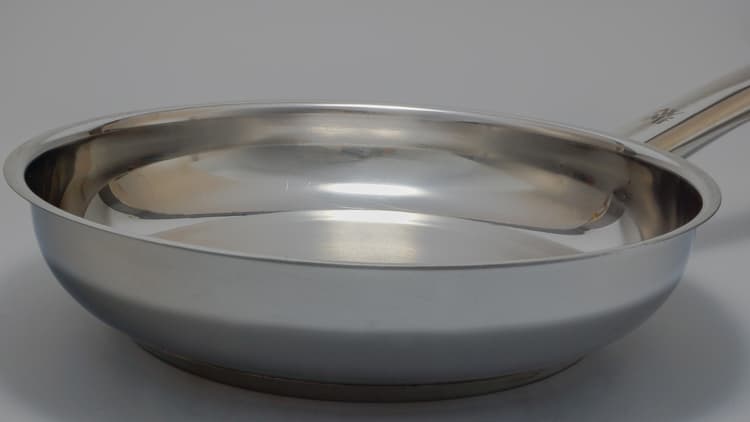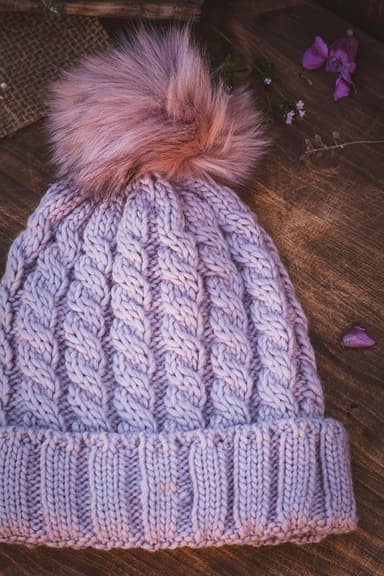Myths about teaching can hold you back
- Year 10
- Edexcel
- Higher
Effective insulation
I can explain how to carry out a fair test to investigate insulators.
- Year 10
- Edexcel
- Higher
Effective insulation
I can explain how to carry out a fair test to investigate insulators.
These resources were made for remote use during the pandemic, not classroom teaching.
Switch to our new teaching resources now - designed by teachers and leading subject experts, and tested in classrooms.
Lesson details
Key learning points
- In a fair test, only the independent variable is changed so that no other changes could affect the results.
- The variables that are deliberately kept the same are called control variables.
- A lid on a beaker prevents transfer of energy by convection currents.
- Gas is a very poor thermal conductor.
Keywords
Control experiments - These are done to find a baseline set of results to which others can be compared.
Independent variable - The variable that is changed during an experiment.
Dependent variable - The variable that is measured or observed during an experiment; it changes as a result of varying the independent variable.
Control variables - These are factors that need to be kept constant in an experiment for the test to be fair.
Common misconception
Heat is a substance that flows through an insulator.
Always refer to it being particle vibrations that are passed on through a material and do not refer to heat moving.
To help you plan your year 10 combined science lesson on: Effective insulation, download all teaching resources for free and adapt to suit your pupils' needs...
To help you plan your year 10 combined science lesson on: Effective insulation, download all teaching resources for free and adapt to suit your pupils' needs.
The starter quiz will activate and check your pupils' prior knowledge, with versions available both with and without answers in PDF format.
We use learning cycles to break down learning into key concepts or ideas linked to the learning outcome. Each learning cycle features explanations with checks for understanding and practice tasks with feedback. All of this is found in our slide decks, ready for you to download and edit. The practice tasks are also available as printable worksheets and some lessons have additional materials with extra material you might need for teaching the lesson.
The assessment exit quiz will test your pupils' understanding of the key learning points.
Our video is a tool for planning, showing how other teachers might teach the lesson, offering helpful tips, modelled explanations and inspiration for your own delivery in the classroom. Plus, you can set it as homework or revision for pupils and keep their learning on track by sharing an online pupil version of this lesson.
Explore more key stage 4 combined science lessons from the Energy of moving particles unit, dive into the full secondary combined science curriculum, or learn more about lesson planning.

Equipment
Kettles to boil water, beakers with cardboard lids, larger beakers to hold the smaller ones, thermometers, stopwatches and selection of insulating materials.
Content guidance
- Risk assessment required - equipment
Supervision
Adult supervision required
Licence
Prior knowledge starter quiz
6 Questions
Q1.Match the following temperatures to their description.
the surface of the Sun
boiling point of water
freezing point of water
boiling point of oxygen
typical room temperature
Q2.Which of the following materials is the best thermal insulator?
Q3.Why is copper a good choice for the base of a frying pan?

Q4.Wool is used in some clothing. Why is wool good at keeping a person warm?

Q5.Which of the following particles make metals good thermal conductors?
Q6.What is the condition needed for two objects to be in thermal equilibrium?
Assessment exit quiz
6 Questions
Q1.Match the following key words or phrases to their definitions.
used to find a baseline results to which others can be compared
its values are selected by the experimenter
it's values are measured to get a set of results
kept constant in an experiment for the test to be fair


